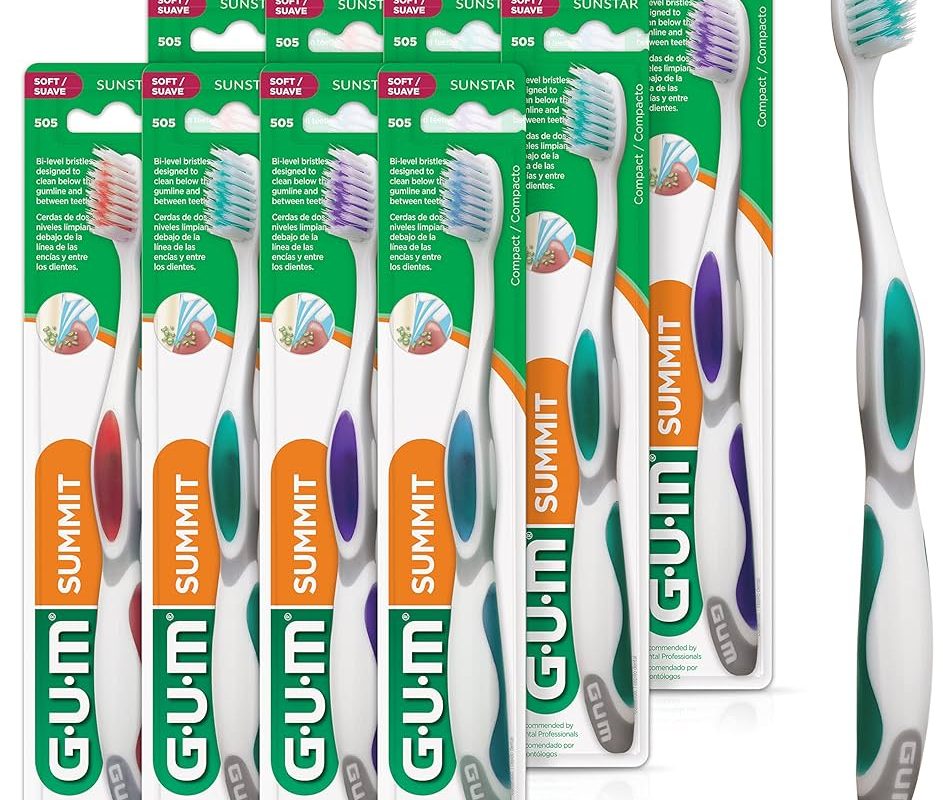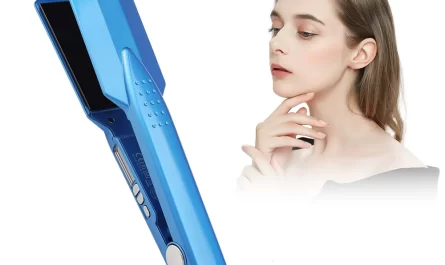Introduction:
Keeping your toothbrush clean is crucial for maintaining oral hygiene and overall health. While most people understand the importance of brushing their teeth regularly, not everyone is aware of the need to properly sanitize their toothbrush. One effective method of sanitizing a toothbrush is by boiling it. This comprehensive guide explores the duration and process of boiling a toothbrush, ensuring it’s sterile, along with other related tips to maintain good oral hygiene.
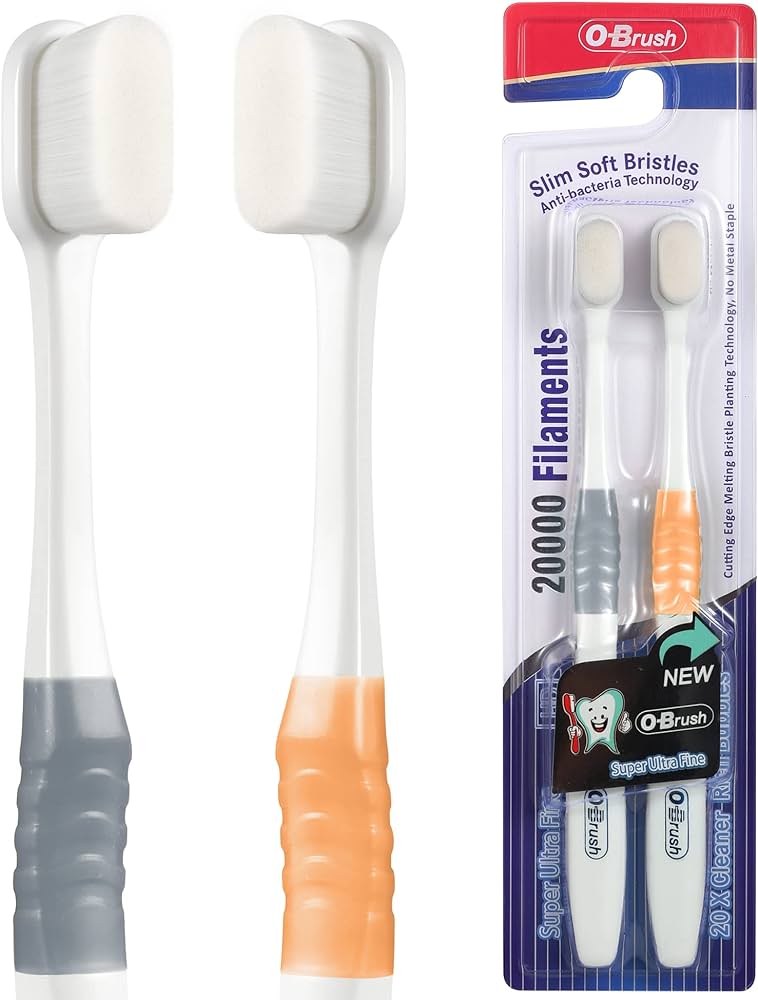
How Long to Boil a Toothbrush?
The Importance of Sanitizing Your Toothbrush
Toothbrushes can quickly accumulate bacteria, fungi, and viruses from your mouth, the environment, and even from being stored near a toilet. Regular sanitation helps keep your toothbrush free from harmful microorganisms.
Prevent Oral Infections: Boiling your toothbrush helps eliminate bacteria and viruses that can cause oral infections, bad breath, and even systemic illnesses. Keeping it clean prevents these pathogens from re-entering your mouth.
Prolong Toothbrush Lifespan: Regularly sanitizing your toothbrush can also help maintain its effectiveness and extend its lifespan. A clean toothbrush performs better and ensures your oral hygiene efforts are not compromised.
Boost Overall Health: There’s a connection between oral health and overall health. Using a sanitized toothbrush supports overall wellness by reducing the risk of introducing harmful pathogens into your system.
How Long to Boil Your Toothbrush?
Boiling is an effective method to kill most bacteria and viruses. However, the duration of boiling both ensures its effectiveness and protects the toothbrush from damage.
Standard Boiling Time: Boil your toothbrush for approximately 3 to 5 minutes. This duration is sufficient to kill most bacteria and viruses present on the toothbrush.
Avoid Over-Boiling: Boiling for longer than 5 minutes may damage the bristles and handle of the toothbrush, especially if made of plastic. Over-boiling can make the bristles less effective for cleaning teeth and cause the handle to warp or melt slightly.

Proper Boiling Technique
Boiling a toothbrush requires careful execution to ensure both the toothbrush is sanitized and remains intact.
Use Clean, Boiling Water: Start by bringing a pot of clean water to a rolling boil. Ensure the pot is clean to avoid introducing any new bacteria to the toothbrush.
Submerge the Toothbrush: Carefully submerge the toothbrush in the boiling water. Ensure the bristles and the handle are fully submerged for even sanitization.
Monitor the Boiling: Keep a close eye on the toothbrush while it boils. Use a timer to ensure you do not exceed the recommended 3 to 5 minutes.
Remove with Caution: After boiling, carefully remove the toothbrush using tongs or a slotted spoon. Handle it with care as it will be hot.
Cool Down: Allow the toothbrush to cool completely before using it again. Placing it on a clean, dry surface to air dry is recommended.
Alternative Sanitizing Methods
While boiling is effective, there are other methods to sanitize your toothbrush if boiling is not an option.
Hydrogen Peroxide: Soak the toothbrush in a cup of hydrogen peroxide for about 15 minutes daily. Hydrogen peroxide is a powerful disinfectant and can help kill bacteria and viruses. Rinse thoroughly with water after soaking.
Mouthwash: Antibacterial mouthwash can also be used to sanitize your toothbrush. Soak the toothbrush in mouthwash for about 10 to 15 minutes. This method provides an easy and effective way to kill germs.
UV Sanitizers: UV sanitizers are designed specifically for toothbrushes. They use ultraviolet light to kill microorganisms. Follow the manufacturer’s instructions for safe and effective use.
Dishwasher: Placing your toothbrush in the dishwasher’s utensil holder and running a standard cycle can effectively sanitize it. This method uses high heat and detergent to clean the toothbrush.
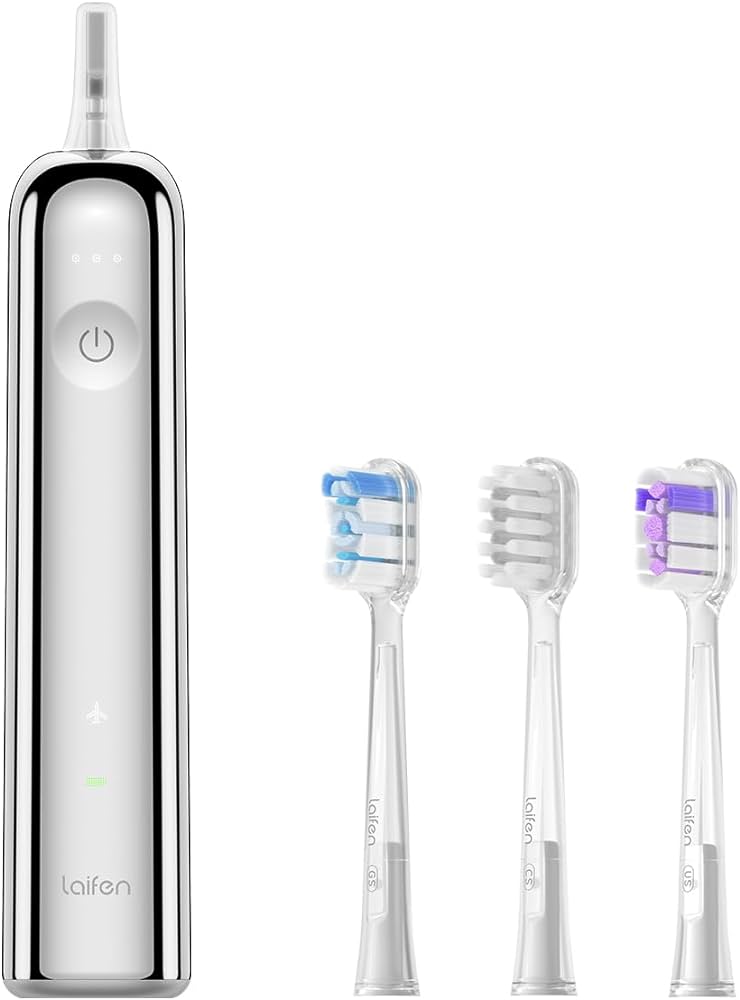
Regular Maintenance Tips for Toothbrush Hygiene
Proper maintenance of your toothbrush goes beyond just periodic sanitizing. Regular habits can keep your toothbrush clean and effective for longer.
Rinse After Use: Rinse your toothbrush thoroughly under hot tap water after each use. Make sure to remove toothpaste and debris to prevent microbial build-up.
Air Dry: Store your toothbrush in an upright position and let it air dry completely between uses. Avoid storing it in a closed container, as the moist environment can promote bacterial growth.
Separate from Others: Ensure your toothbrush does not come into contact with other toothbrushes. Use a toothbrush holder with separate slots or compartments to keep them apart.
Replace Regularly: Replace your toothbrush or the brush head of an electric toothbrush every 3 to 4 months, or sooner if the bristles are frayed. A worn-out toothbrush can be less effective and harbor more bacteria.
Environmental Considerations
While keeping your toothbrush clean is necessary for your health, it’s also important to consider the environmental impact of your hygiene routine.
Eco-Friendly Toothbrushes: Consider using eco-friendly toothbrushes made from sustainable materials like bamboo. These options are biodegradable and reduce plastic waste.
Recycling Programs: Participate in recycling programs that accept old toothbrushes. Some brands offer mail-back recycling services to ensure old brushes are recycled properly.
Plastic-Free Options: Opt for toothbrushes with minimal or plastic-free packaging to reduce environmental waste. Bamboo toothbrushes often come in recyclable or compostable packaging.
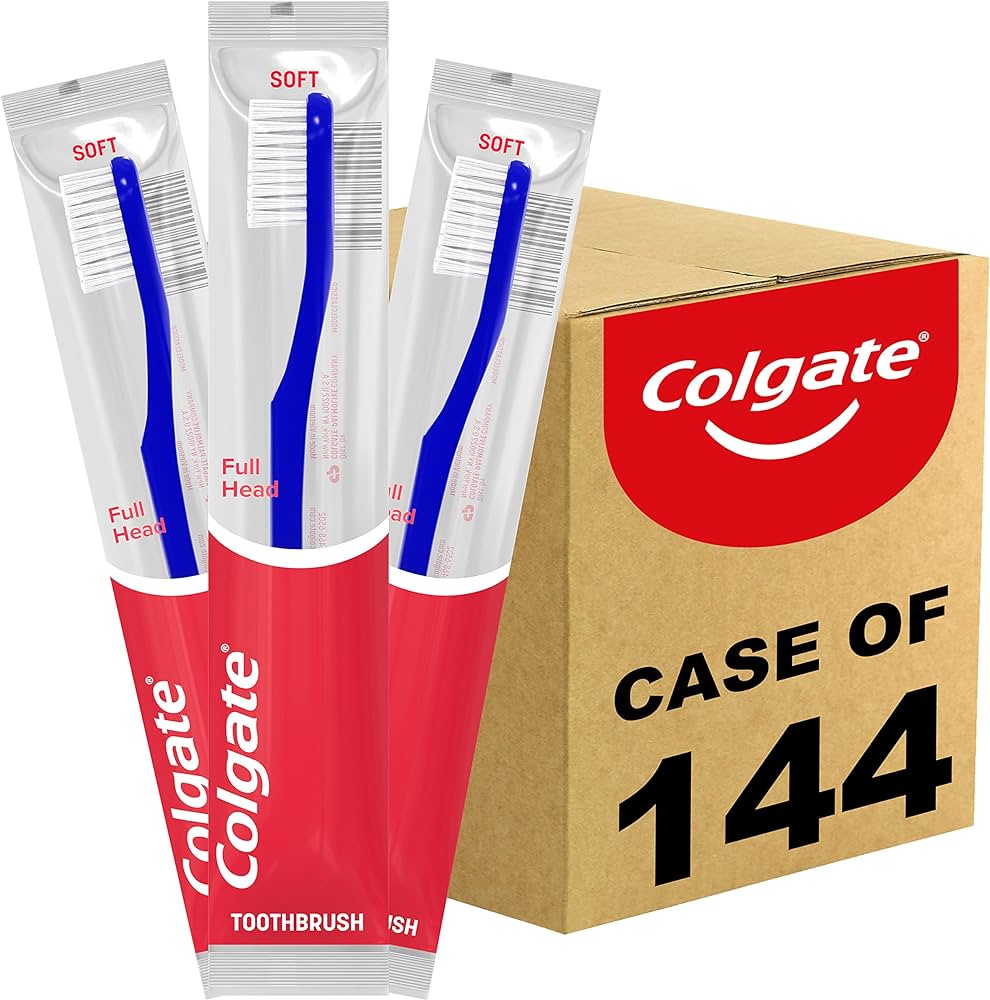
Signs It’s Time to Replace Your Toothbrush
Knowing when to replace your toothbrush is as critical as sanitizing it. Look for certain signs that indicate it’s time for a new brush.
Frayed Bristles: If the bristles are frayed or worn out, the toothbrush is less effective at cleaning and should be replaced.
Discoloration: Any discoloration of the bristles or handle could indicate bacterial or mold growth, signaling it’s time to switch to a new toothbrush.
Odor: An unpleasant odor from the toothbrush is a clear indication of bacterial build-up. Replace the toothbrush if a nasty smell persists even after thorough cleaning.
Frequency of Use: If you’ve been ill, it’s a good practice to replace your toothbrush to avoid re-infection. Additionally, frequent travelers should carry an extra toothbrush to replace the one exposed to potentially unsanitary conditions.
Understanding Toothbrush Contamination Sources
To better protect your toothbrush, it’s essential to understand where contamination can come from.
Bathroom Environment: Toothbrushes stored near toilets can be exposed to airborne bacteria due to flushing. Always keep your toothbrush at a safe distance from the toilet and use a cover that allows for air drying without trapping moisture.
Shared Spaces: Toothbrushes stored in shared spaces, like family bathrooms, can come into contact with each other, leading to cross-contamination. Use separate holders or covers to keep brushes from touching.
Travel Conditions: During travel, toothbrushes can be exposed to various contaminants. Use a travel case to protect your toothbrush while ensuring it has ventilation.
Bulk Storage: Buying toothbrushes in bulk can expose them to contaminants while they are stored. Keep the bulk supply in a clean, dry place, away from bathroom humidity.
Debunking Myths About Toothbrush Hygiene
Several myths about toothbrush hygiene persist. Knowing the facts can help you adopt effective cleaning methods.
Myth: Boiling Is Harmful: Some believe boiling damages the toothbrush. While excessive boiling can indeed harm it, following the recommended duration of 3 to 5 minutes ensures bacterial removal without significant damage.
Myth: Freezing Kills Germs: Freezing does not effectively kill germs on your toothbrush. Bacteria and viruses can often survive freezing temperatures.
Myth: Dishwasher Alone Is Enough: While dishwashers can sanitize, they might not reach all areas of the toothbrush effectively. Regular maintenance and additional sanitizing methods are beneficial.
Myth: Toothbrush Covers Are Always Good: Toothbrush covers can trap moisture, creating an ideal environment for bacterial growth. Use covers sparingly and ensure they allow air circulation.

Health Implications of an Unsanitized Toothbrush
An unsanitized toothbrush can have various health implications, affecting your oral and overall health.
Gum Disease: Bacteria from an unsanitized toothbrush can contribute to gum disease, causing inflammation, bleeding, and receding gums.
Tooth Decay: Microorganisms that thrive on a dirty toothbrush can lead to plaque build-up, increasing the risk of cavities and tooth decay.
Recurrent Infections: Using a contaminated toothbrush can cause recurrent mouth infections, sore throats, and even systemic infections, particularly in individuals with compromised immune systems.
Bad Breath: Pathogens on a toothbrush can produce unpleasant odors, leading to persistent bad breath despite good oral hygiene practices.
Tips for Maintaining Oral Hygiene
A clean toothbrush is part of a broader oral hygiene routine that includes several other practices.
Regular Brushing: Brush your teeth at least twice a day with fluoride toothpaste for two minutes each time. This helps reduce plaque and prevent cavities.
Effective Brushing Technique: Use gentle, circular motions to clean all surfaces of your teeth. Avoid vigorous brushing, which can damage gums and enamel.
Flossing: Floss daily to remove plaque and food particles from between your teeth and under the gumline, where a toothbrush cannot reach.
Mouthwash: Using an antiseptic mouthwash can help reduce bacteria and freshen your breath. Choose a mouthwash that meets your dental needs.
Dental Checkups: Regular dental checkups and cleanings are essential for maintaining oral health. Visit your dentist at least twice a year for professional advice and care.
Conclusion
Boiling a toothbrush for 3 to 5 minutes is an effective way to sanitize it, removing harmful bacteria, viruses, and fungi. Understanding the importance of toothbrush hygiene, recognizing signs of wear, employing alternative sanitizing methods, and incorporating proper maintenance practices contribute to optimal oral health. Additionally, considering environmental impacts and debunking common myths ensures you adopt the best practices for both personal health and sustainability. By following these comprehensive guidelines, you can maintain a clean and effective toothbrush, supporting your overall oral hygiene routine.

